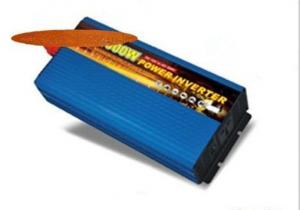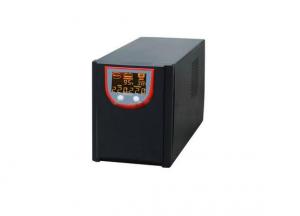Solar Pro Inverter
Solar Pro Inverter Related Searches
Pro Solar Inverter Power Solar Inverter Solar Solar Inverter Power Inverter Solar Solar Converter Inverter Inverter Power Solar Sun Solar Inverter Prostar Solar Inverter Proton Solar Inverter Inverter Solar Solar Electric Inverter Solar Plus Inverter Solar Home Inverter Solar Powered Power Inverter Solar Powered Inverter Solar Inverter Inverter Solar Smart Inverter Solar City Inverter Solar House Inverter Solar Energy Power Inverter Smart Inverter Solar Solar Power Plant Inverter Solar Energy Inverter Solaris Solar Inverter Solar Panel Inverter Solar Photovoltaic Inverter Solar Power Bank Inverter Solar Module Inverter Portable Solar Power Inverter Smart Inverter Solar PowerSolar Pro Inverter Supplier & Manufacturer from China
Solar Pro Inverter is a high-quality product designed for efficient solar energy conversion, featuring advanced technology and reliable performance. This inverter is engineered to optimize the output of solar panels, ensuring that the energy generated is effectively converted into usable power for various applications. The product is widely used in residential, commercial, and industrial settings, making it an essential component in modern renewable energy systems. Solar Pro Inverters are also suitable for off-grid and grid-tied solar power systems, providing flexibility and adaptability to different energy needs.The Solar Pro Inverter is a key product for those looking to harness the power of the sun and reduce their reliance on traditional energy sources. It is designed to withstand various environmental conditions and deliver consistent performance, making it a popular choice among solar energy enthusiasts and professionals alike. The inverter's user-friendly interface and advanced features make it easy to integrate into existing or new solar power setups, offering a seamless transition to clean energy.
Okorder.com is a reputable wholesale supplier of Solar Pro Inverters, offering a vast inventory of this cutting-edge product to cater to the growing demand for renewable energy solutions. As a leading distributor, Okorder.com ensures that customers have access to the latest models and technologies, providing them with the tools they need to maximize their solar energy potential. With a commitment to quality and customer satisfaction, Okorder.com stands out as a reliable source for Solar Pro Inverters and other solar-related products.
Hot Products


















































